Why do we celebrate Halloween?
Many people look forward to Halloween, but not everyone knows the true origins of this holiday. Learn about the mysteries, superstition, ancient beliefs and traditions of Halloween.

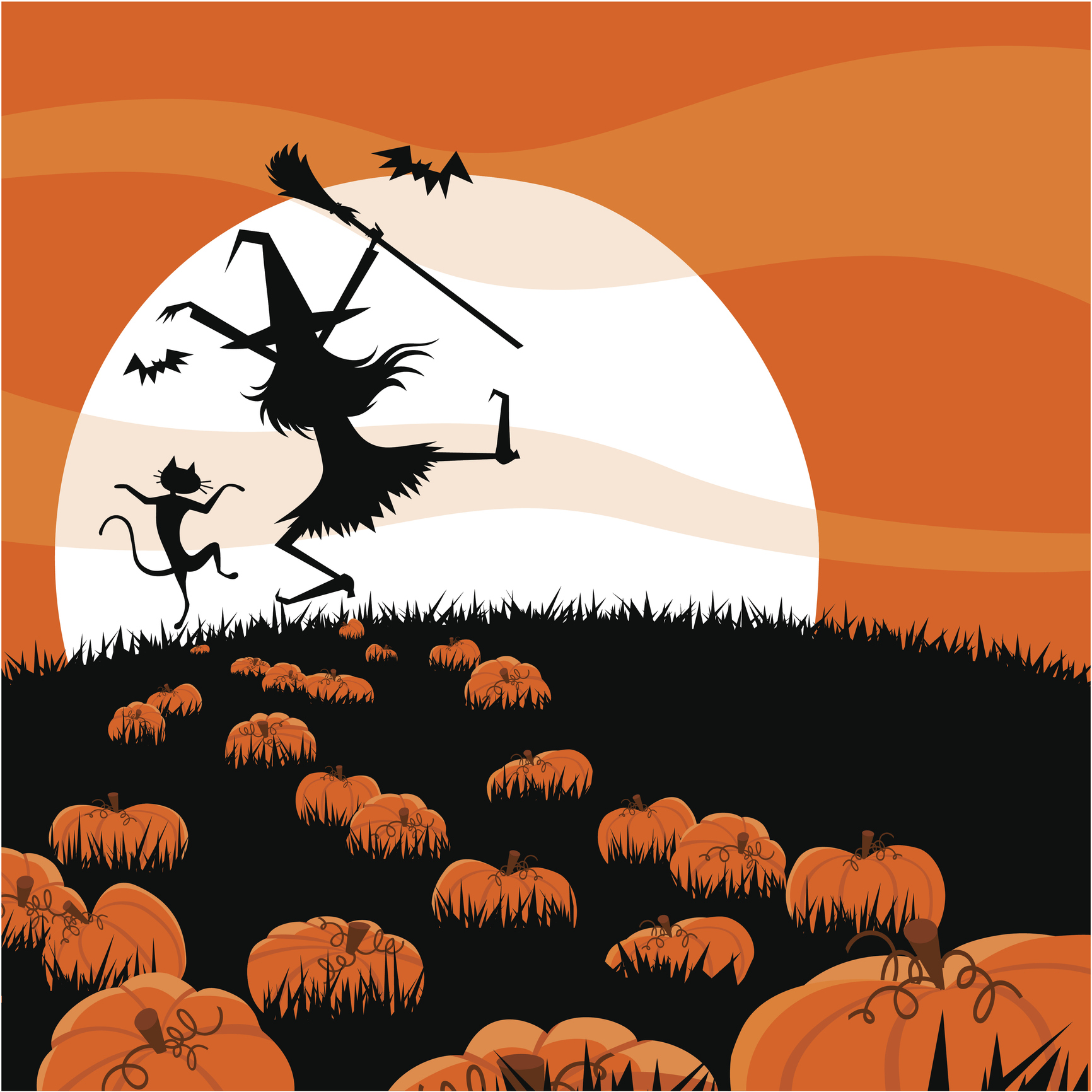
Why do we celebrate Halloween?
Halloween comes from different old Thanksgiving traditions from the Norse and Celtic cultures. The first known celebrations of Halloween go back more than 2,000 years, when the Celts celebrated Samhain. The Celts lived in Ireland, Great Britain and northern France. Back then, Halloween was a celebration of the year’s harvest, that summer was over and that the cold winter was on its way. When the harvest had been brought in, druids gathered the villagers and lit a bonfire. Sometimes animals were killed. Everyone who took part in the celebration could take home a flame for their own fireplace. Old texts say that the celebration lasted for three days and three nights, and was mandatory. If you did not join, it was believed that you could be punished by the gods through illness or death!
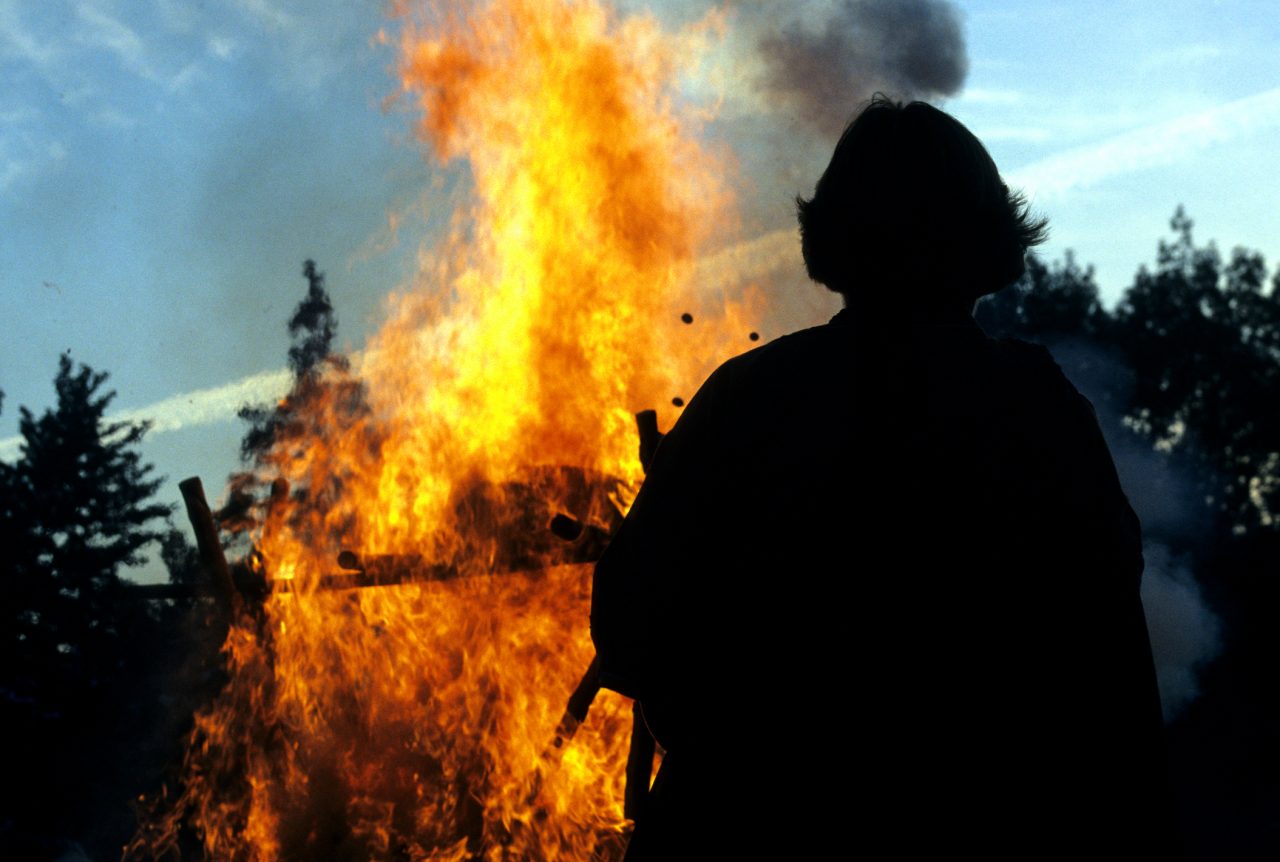
Avoid being kidnapped!
In Norse and Celtic traditions, it was believed that the boundary between the physical world and the spiritual world disappeared on this night so that the dead came back. The Celts dressed up in animal costumes and dressed up like monsters so that evil spirits would not be tempted to kidnap them.
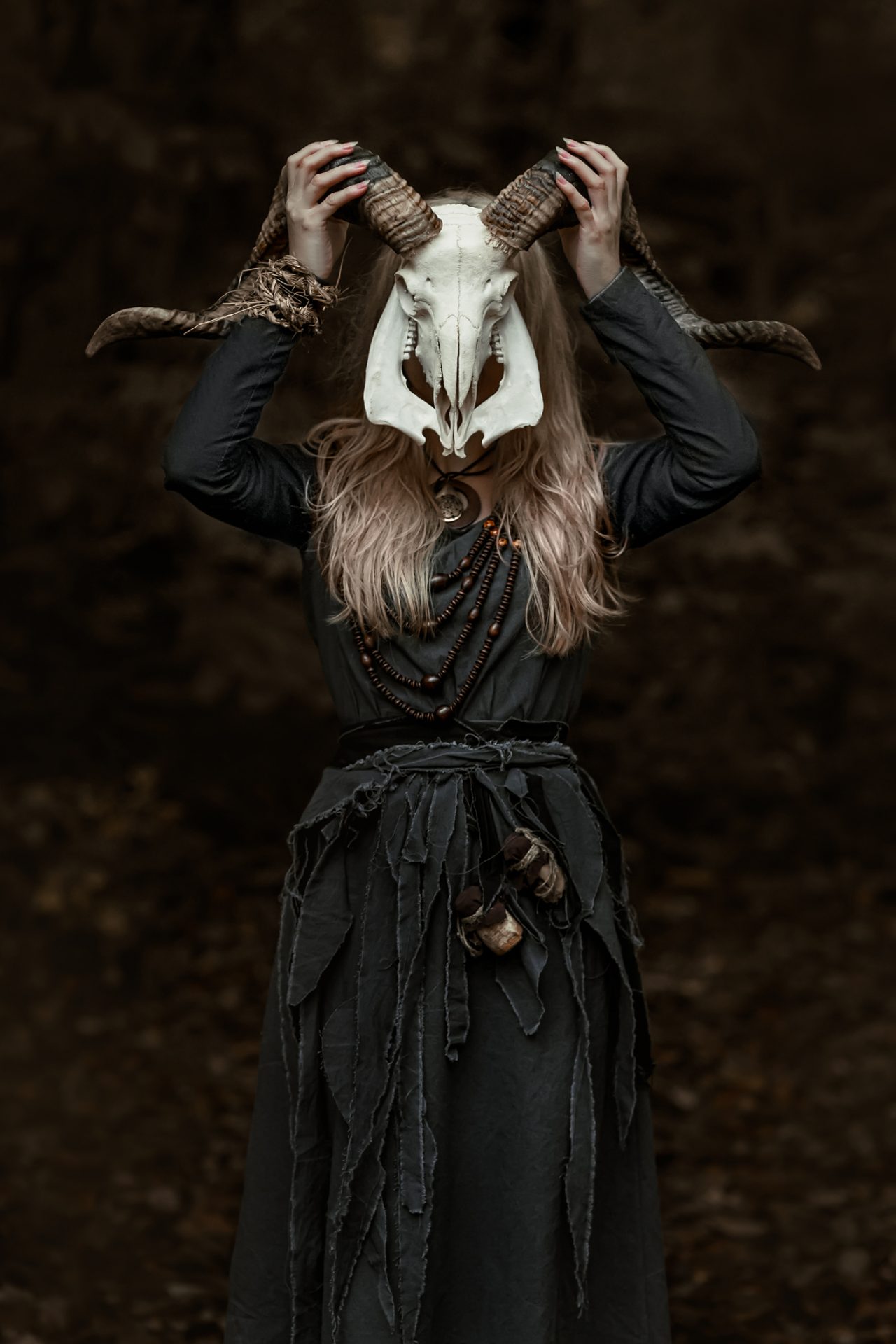
Dullahan – the Scary Rider
Among the Irish Celts, the Dullahan was a scary, mythological figure who could show up. The Dullahan was a headless rider on a black horse with burning eyes. The rider had his head under his arm. Its eyes were moving and could see across the countryside even during the darkest of nights. Sometimes the Dullahan could be a woman. If the Dullahan showed up, it was a sign of death.
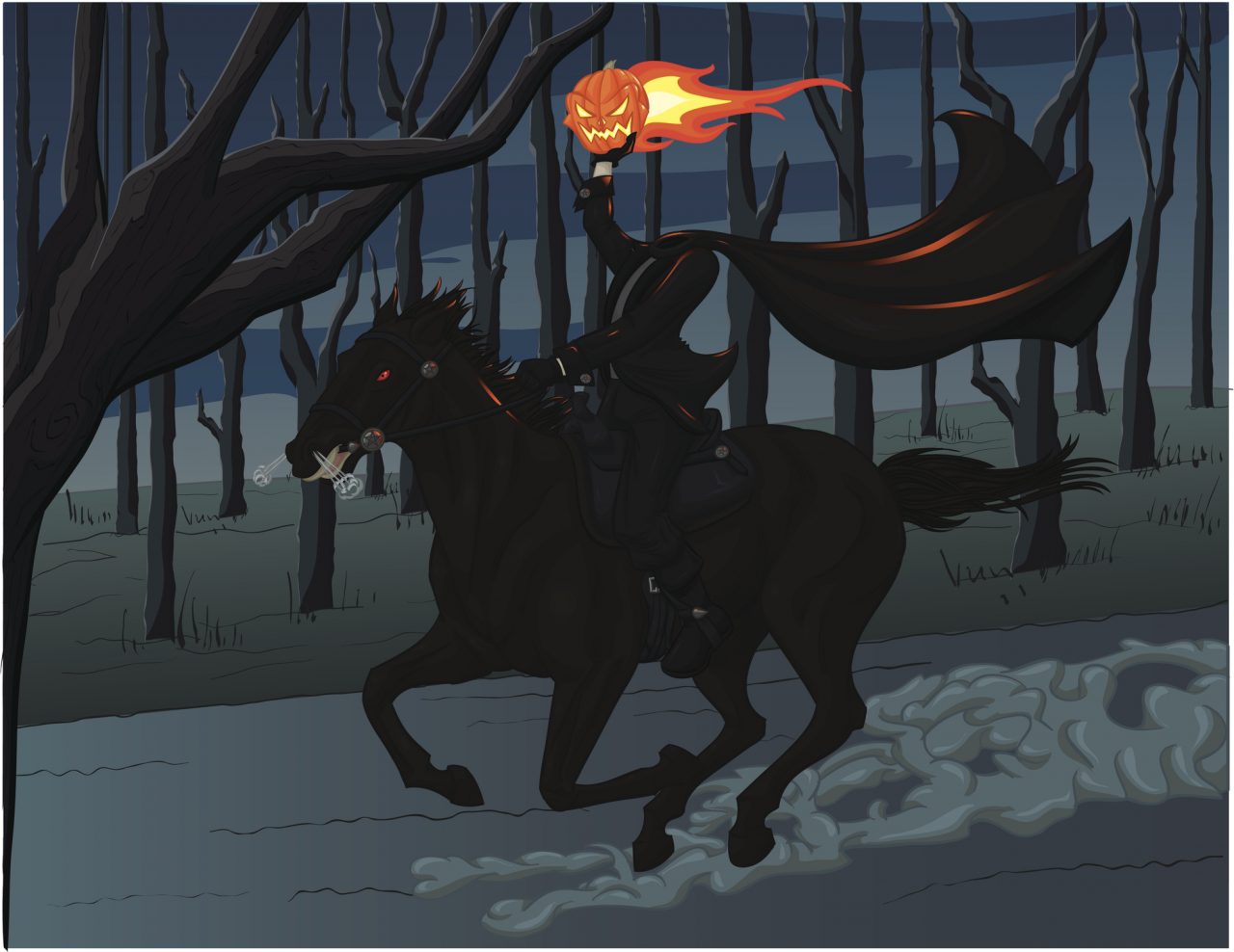
The goddess of fruit and trees
When the Roman Empire won most of the Celtic territories in AD 43, the Roman celebration of Pomona, the goddess of fruit and trees, became part of the celebration of Samhain. Pomona’s symbol is the apple. Apples are often part of the Halloween celebration today.
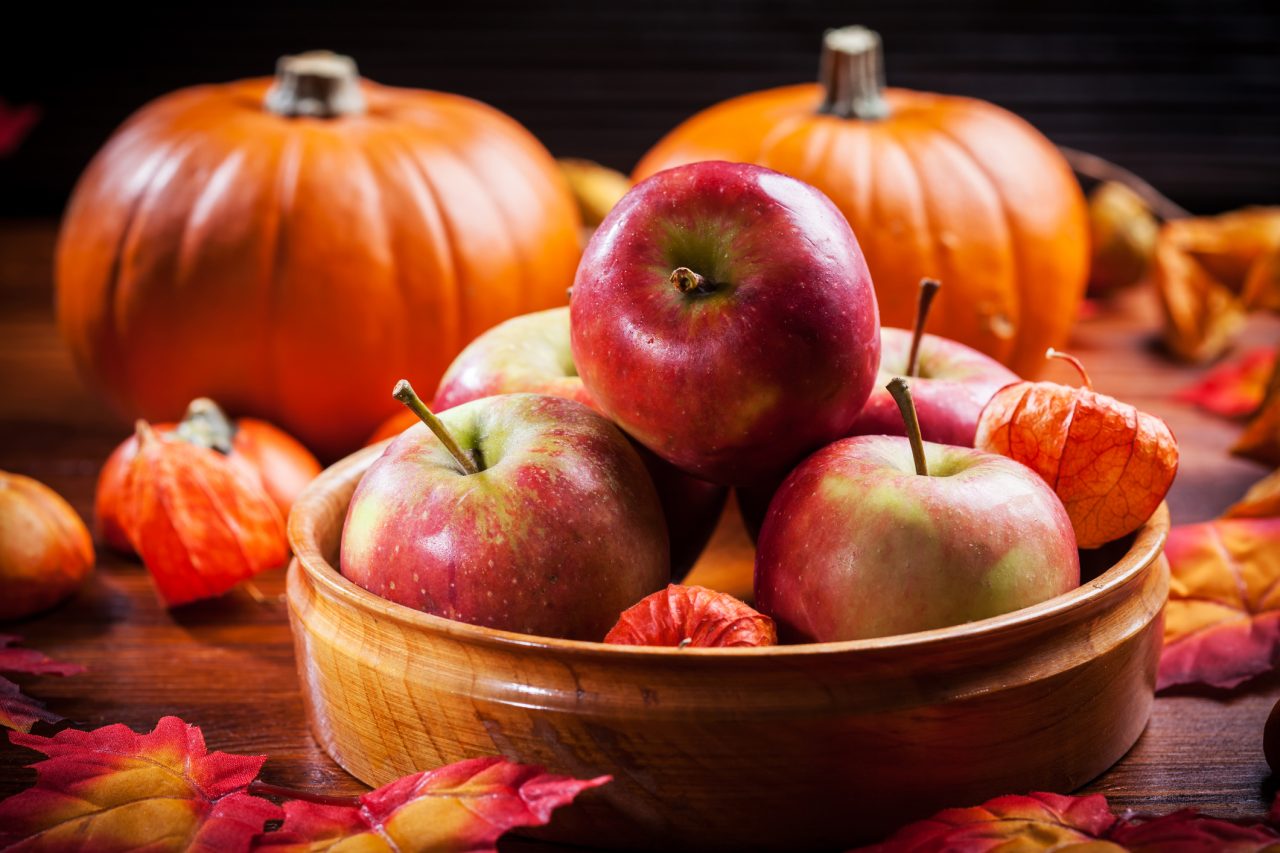
How old traditions became Halloween today
In the 11th century, the Celtic areas were strongly influenced by Christianity, and the old Celtic rituals mixed with new Christian traditions. The church decided that November 1st should be All Saints’ Day, when saints and martyrs were celebrated. All Saints’ Day was celebrated as Samhain with bonfires, parades and costumes. The celebration was called Hallowmas or Feast of All Saints, which means All Saints’ Day, and the night before was called All Hallows’ Eve, and later Halloween. All Saints’ Day has now been moved to the first Sunday in November.

Witchcraft on Halloween was dangerous
It was common to believe that contact with spirits and the dead on October 31st made magic and natural forces have an extra effect. The risk of being convicted of magic and burned alive for practicing dangerous magic on Halloween was quite high. Rune Blix Hagen, who is a historian and specialist in witchcraft and magic trials, says that the Sami shaman Quiwe Baarsen was only supposed to help local fishermen in Finnmark get wind in their sails at the end of October 1627, but things went wrong. The magical date caused him to lose control of his powers, there was a violent storm and five people died at sea. Baarsen was sentenced to death and was burned at the bonfire as a witch.
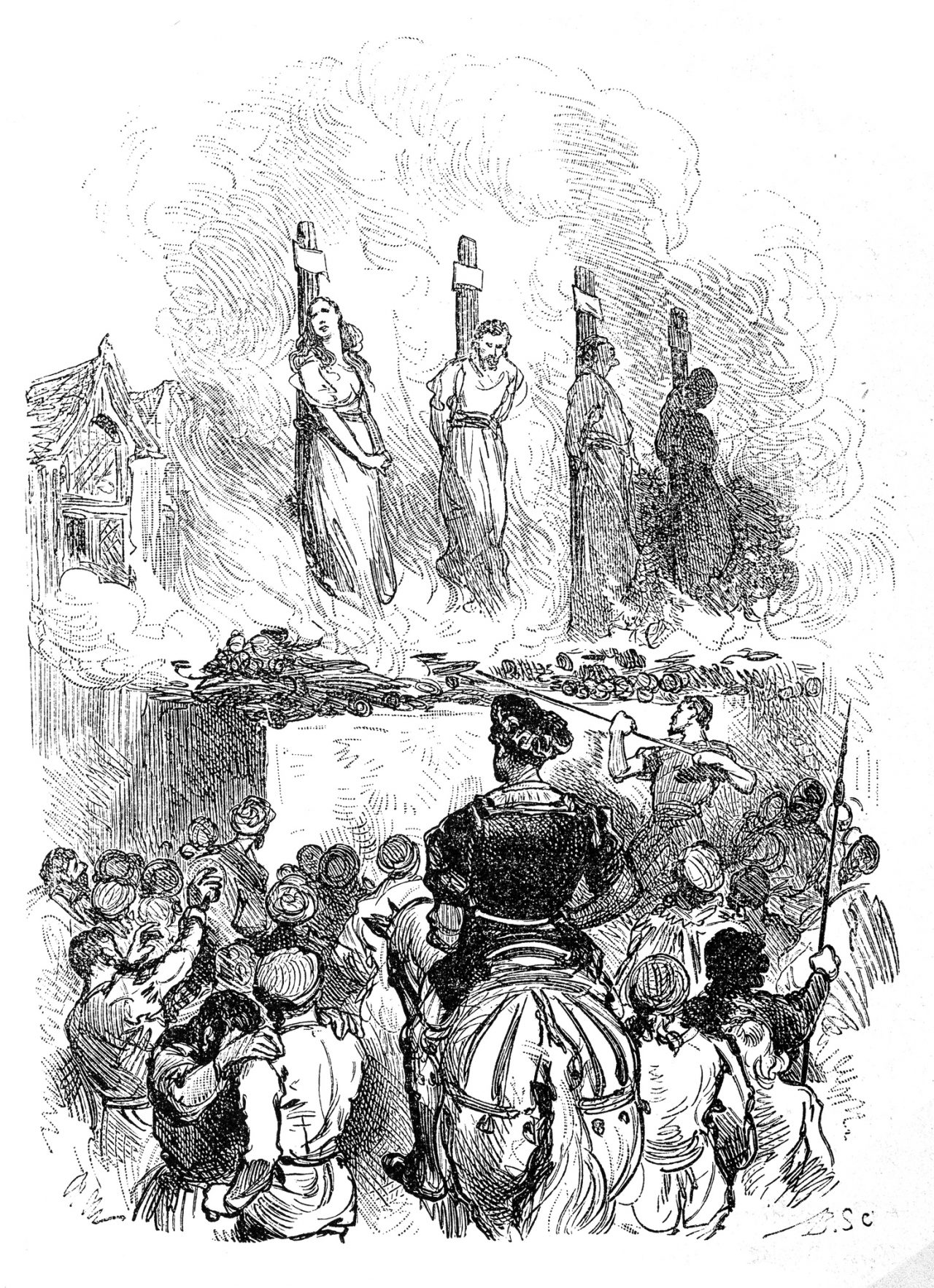
Halloween in under 5 minutes
How Halloween came to America
The Halloween tradition came to America with the Pilgrims in 1625. The celebration in the northern colonies was limited at first because of strict religious rules, but more common in the southern colonies. Later, an American version of Halloween developed, with singing, dancing, and ghost stories. In the latter half of the 19th century, many immigrants came to America, especially from Ireland (due to hunger). The Irish, with their old Celtic traditions, helped make the Halloween celebration popular throughout the country.
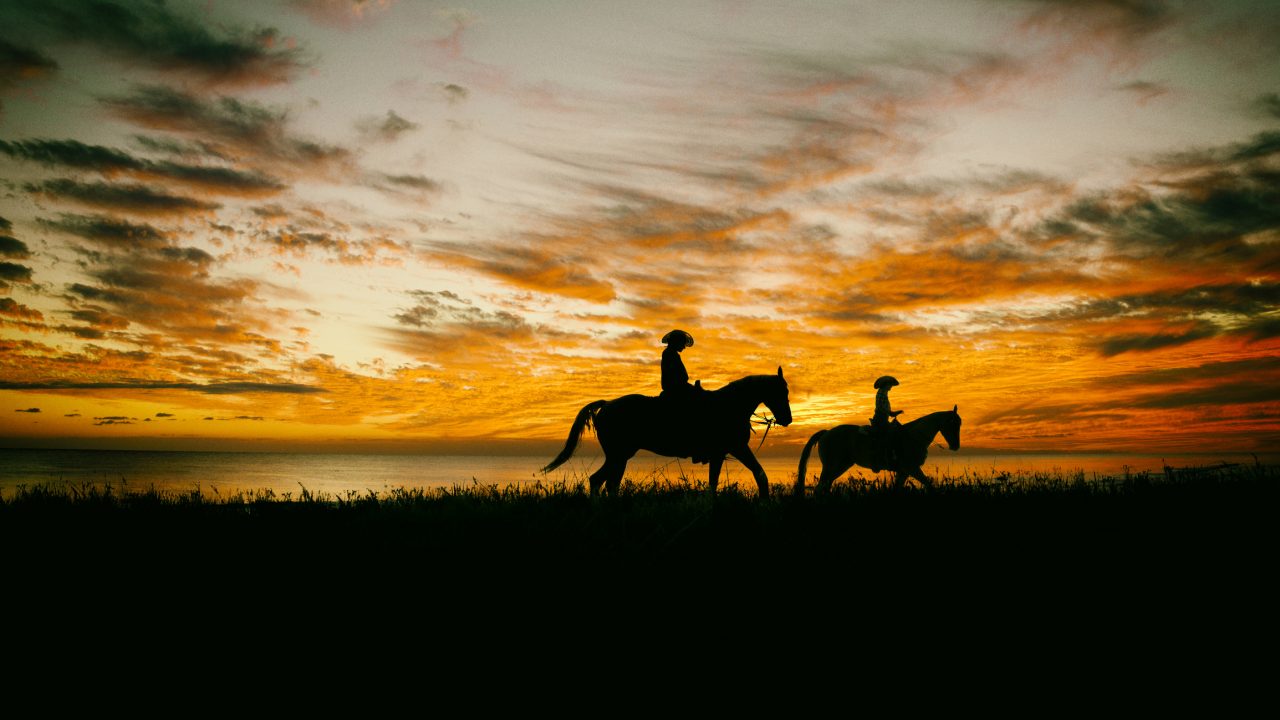
Changing traditions
As Halloween traditions spread in America with the new immigrants, people began to dress up in the European tradition. People started going from house to house asking for food or money. In earlier times, it was also common to hand out something to eat during Halloween or Samhain. Nuts or fruit were usually given, both to humans and spirits. In more modern times, giving candy has become more common.
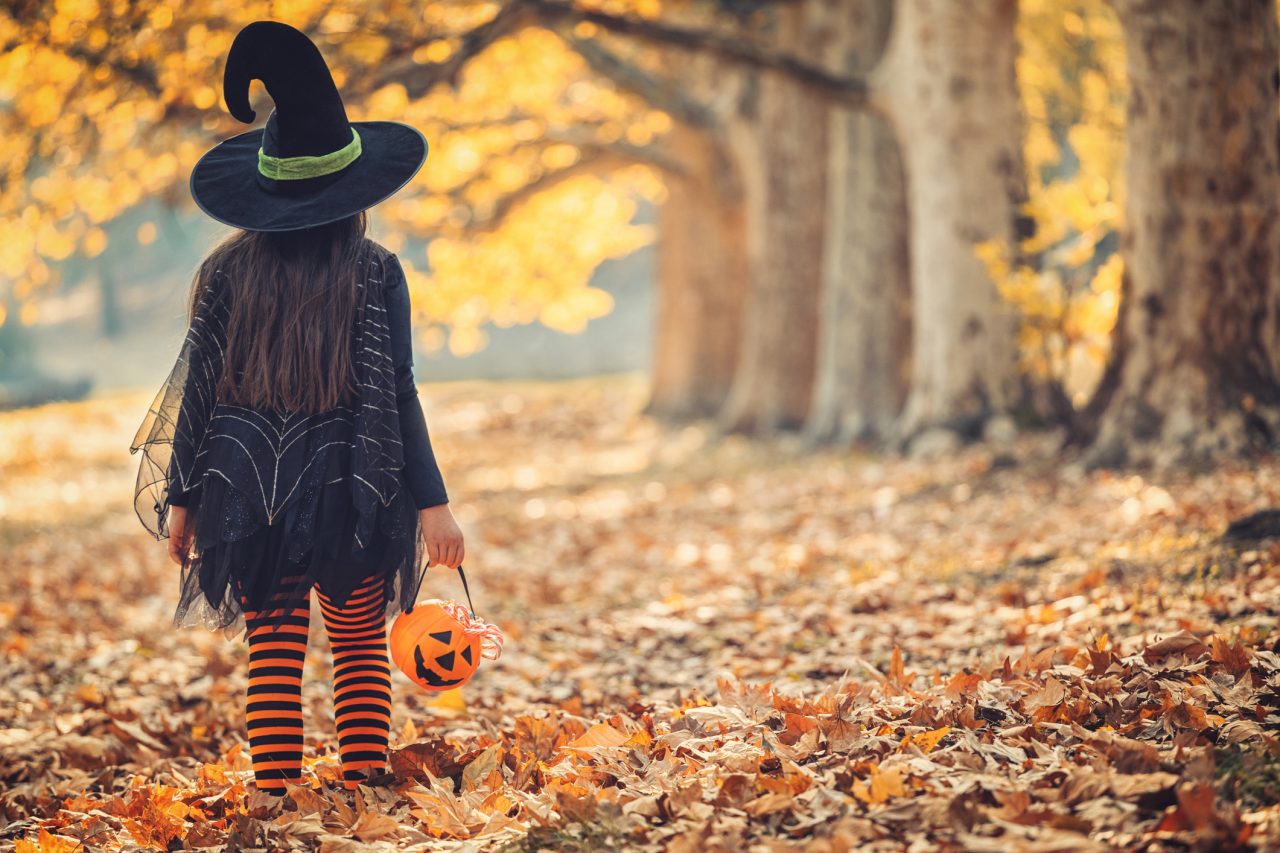
Utkledd jente på Halloween
Main focus: A day of celebration for children
Another change was that the focus around ghosts and witchcraft shifted to a neighborhood gathering and joint celebration. Soon parties with costumes, food, and games, both for children and adults, became common in the United States. Today, Halloween is America’s second largest holiday, after Christmas. Shops have probably also helped make the celebration more popular. After around 150 years of Halloween celebrations in America, the tradition came to Norway, around the year 2000. Halloween is primarily a day of celebration for children.
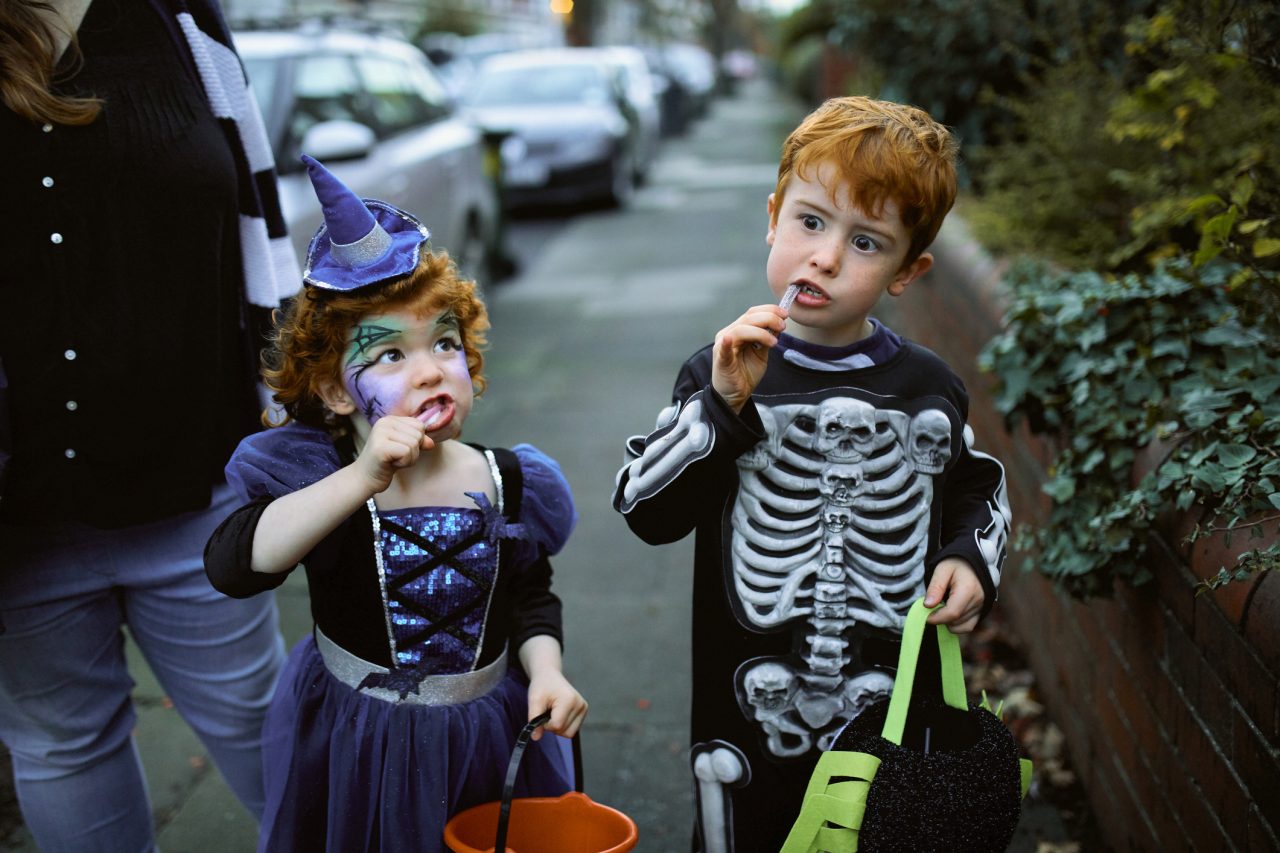
Did you know that…
- …the great interest in Harry Potter and flying broomsticks may have added to the interest in Halloween in Norway?
- …you have to watch out for black cats on Halloween? Some say witches can make themselves invisible by turning into a black cat.
- …pumpkins are often used as decorations on Halloween? They are easy to cut and are great for making lanterns to light up in the dark. Pumpkins are also linked to fertility and rebirth.
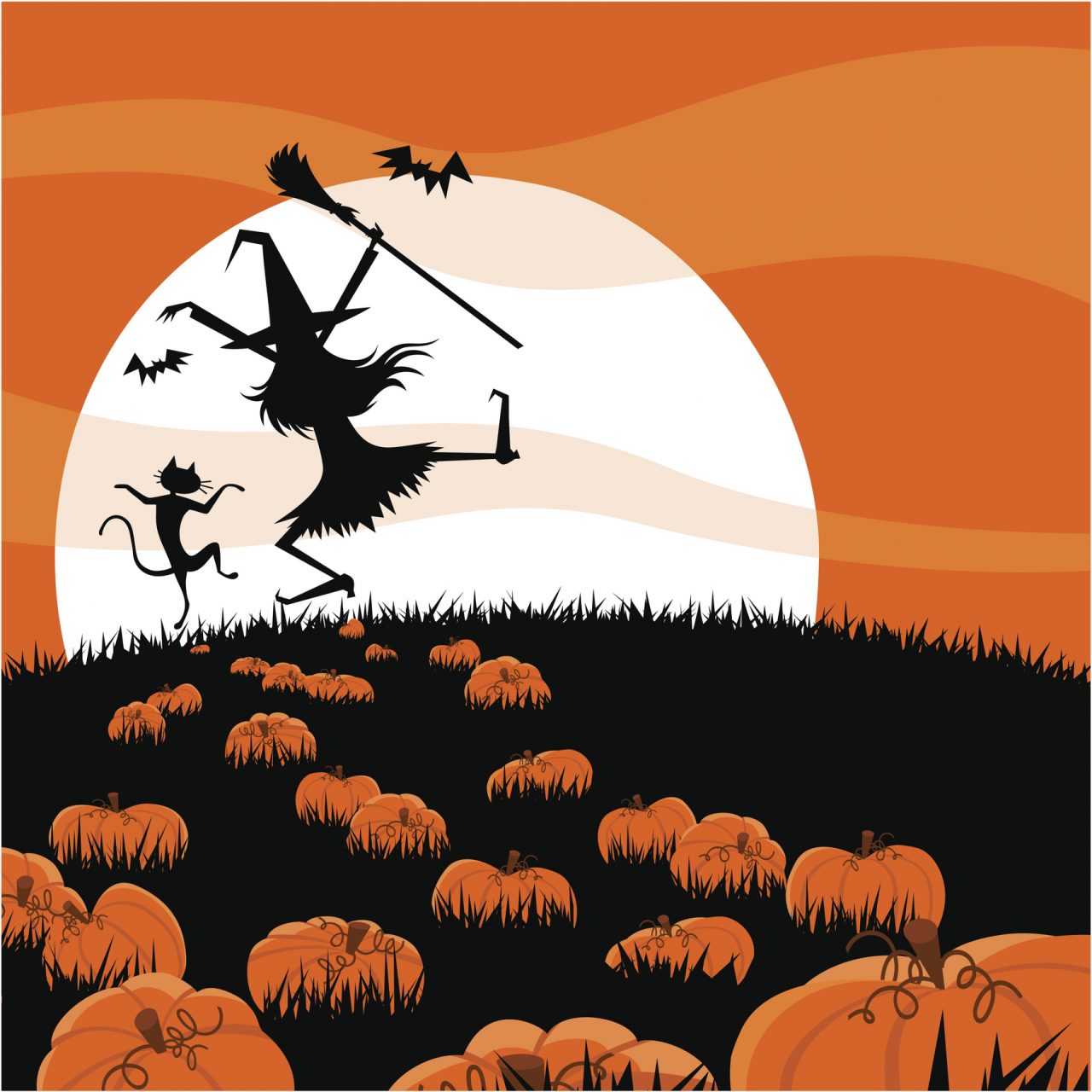
Halloween costs money
In 2019, Norwegians spent 1.2 billion Norwegian kroner on Halloween celebrations. That is just over 1,300 kroner per person who took part in the celebration. The money went to costumes, candy, parties, and decorations. In the US, a total of 8,8 billion USD was spent on Halloween festivities in 2019.
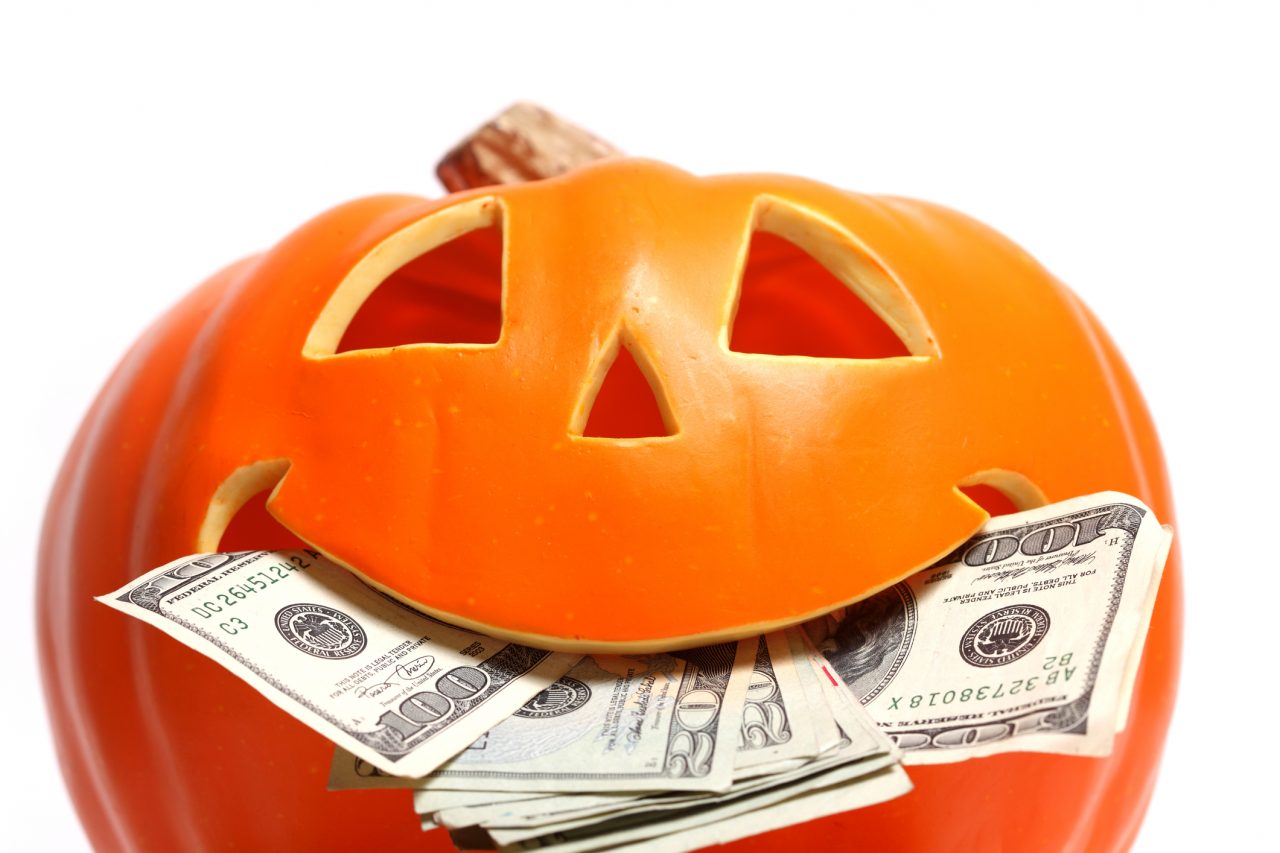
Expensive Halloween
Sources:
- History (07.09.2022): Dullahan
https://en.wikipedia.org/wiki/Dullahan
- History (10.10.2020): Halloween
https://www.history.com/topics/halloween/history-of-halloween
- Store norske leksikon (20.08.21): Allehelgensaften
https://snl.no/allehelgensdag
- Forskning (30.10. 2015): Kulturhistorie
https://forskning.no/kulturhistorie-partner-uit-norges-arktiske-universitet/15-ting-du-kanskje-ikke-visste-om-halloween/461901
- Aftenposten (29.10.2019): Økonomi
https://www.aftenposten.no/okonomi/i/50e0qW/vi-bruker-12-milliarder-paa-halloween
Media Rights:
-
-
Getty Images
-
Getty Images
-
Getty Images
-
Getty Images
-
Getty Images
-
Getty Images
-
National Geographic – YouTube
-
Getty Images
-
Getty Images
-
Getty Images
-
Getty Images
-
Getty Images
-
Global News – YouTube
-
